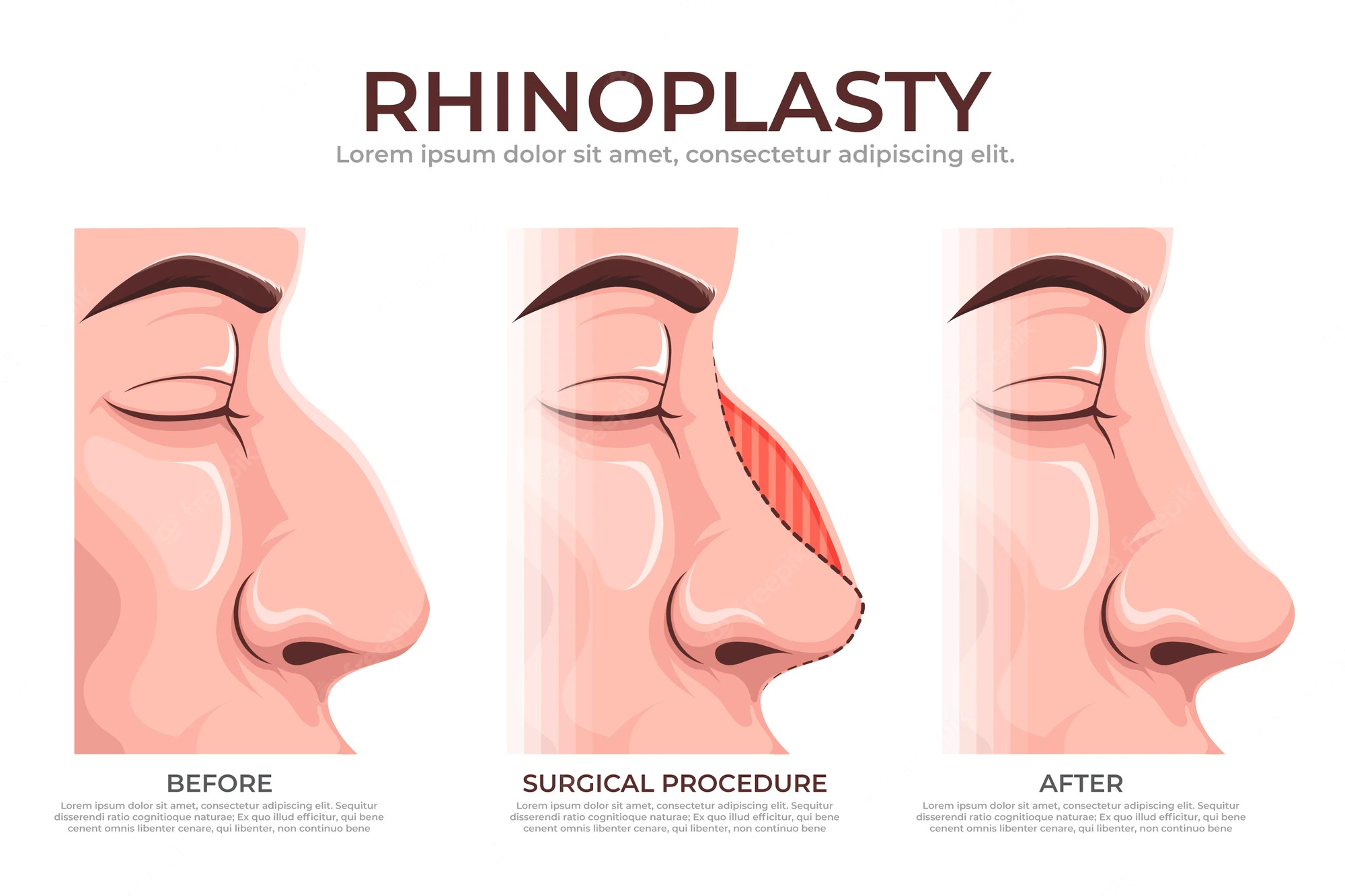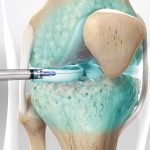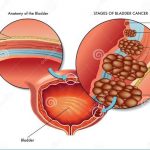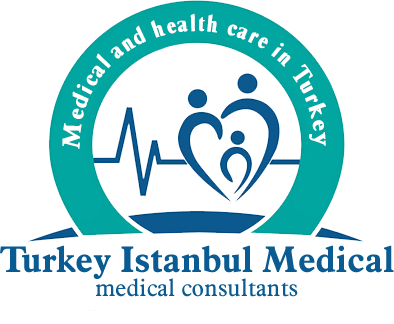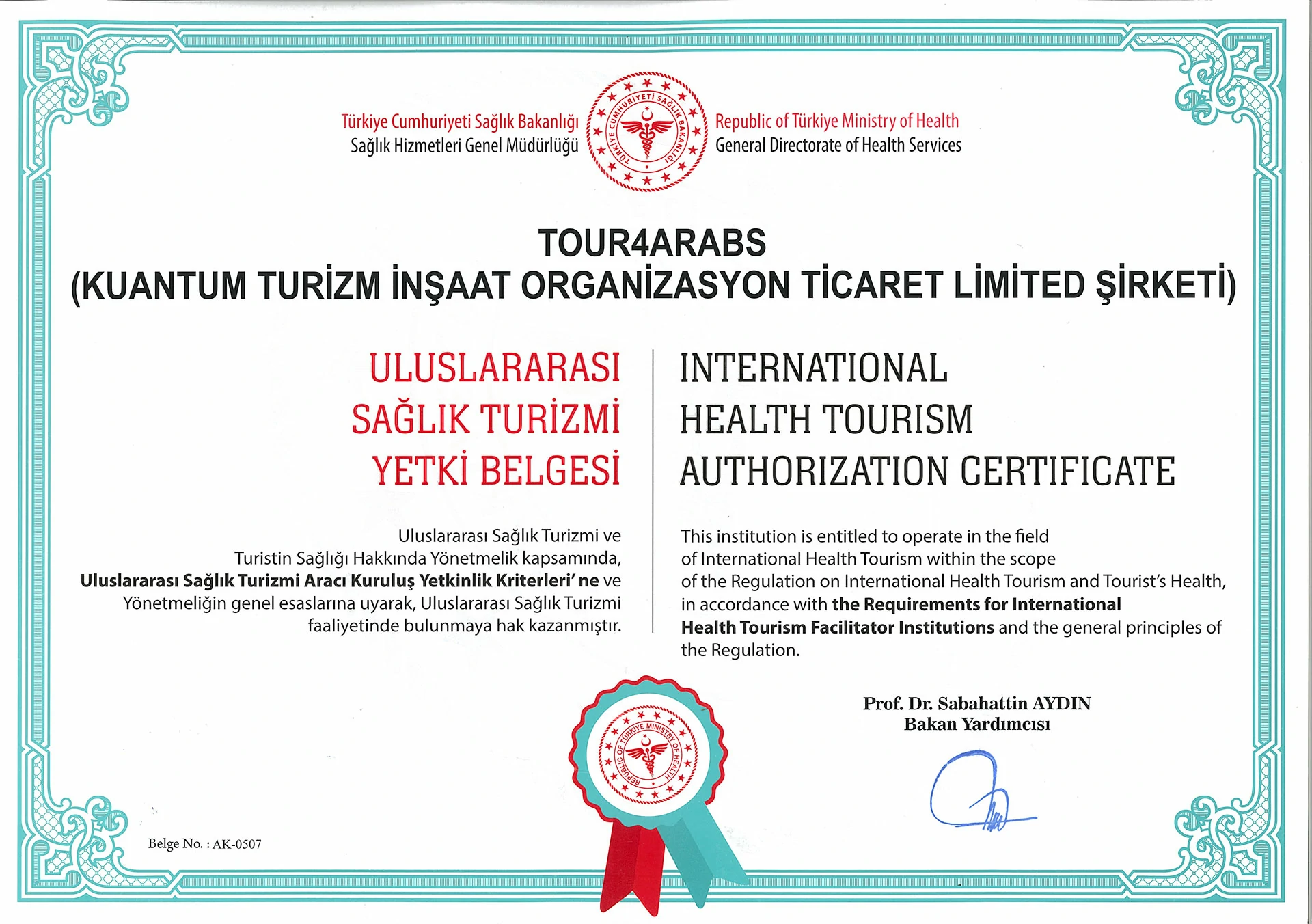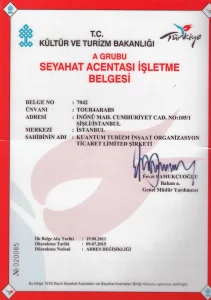What is Nose Aesthetics (Rhinoplasty)?
The rapid development of technology has caused aesthetic surgical processes to be preferred much more frequently than before, and the success rates after these processes have increased. Nose Aesthetics (Rhinoplasty) is the whole of the procedures called Nose Aesthetics (Rhinoplasty) in the medical world and generally performed both for aesthetic purposes and to repair any dysfunction or deformity.
Nose Aesthetics (Rhinoplasty) is a very powerful method for overcoming the difficulties that usually occur in respiratory processes and reduce the quality of life. In order for the procedure to provide a lifelong solution, the physician who manages the surgical procedure throughout the process must be an expert, experienced and knowledgeable in the field.
Who Can Have Nose Aesthetics (Rhinoplasty)?
Nose Aesthetics (Rhinoplasty) is one of the most performed procedures in Turkey for both men and women. Rhinoplasty candidates generally prefer this surgery because of aesthetic problems in their noses. Patients with functional problems such as breathing problems also prefer this procedure. The mentioned functional problems can cause problems such as nasal congestion and loud, noisy breathing. In addition, people with these problems suffer from snoring while sleeping because of these functional problems.
Persons with one or more of the following items are considered suitable candidates for rhinoplasty.
- Dissatisfaction with nose size and shape.
- Finding damage to your nose after trauma.
- Difficulty breathing due to functional nasal problems.
- Loud snoring
- Having a body mass index (BMI) within healthy limits.
- In good health and not have a serious illness
- Being mentally and emotionally ready for surgery
- Having realistic expectations for the outcome of the surgery
Who Cannot Have Rhinoplasty Surgery?
- It is not appropriate to do it to people who have prejudices such as psychological dissatisfaction. This condition is called ‘body dysmorphic disorder’ in psychology. Although the person undergoes surgery and looks aesthetically pleasing, it causes even the smallest defect to enlarge. At the same time, there is a possibility of encountering problems such as depression, lowering the quality of life, and problems in socialization.
- It is not recommended for people with sleep apnea problems. The reason for this is the obstruction of the airways and the problem of shortness of breath. In order for the person to have rhinoplasty surgery, he or she may first undergo an operation for the sleep apnea problem. Then he can easily perform rhinoplasty surgery.
- If the person who will undergo rhinoplasty surgery has a bleeding disorder problem, it is not considered appropriate. The reason for this is that if the blood does not clot during the operation, blood loss may occur. In order to overcome this problem, the vitamin supplement of the person should be questioned and the situations that will prevent blood clotting should be eliminated.
At What Age Is Nose Aesthetics (Rhinoplasty) Performed?
In Nose Aesthetics (Rhinoplasty) Surgery, if there is only cosmetic concern without functional reasons, it is recommended to wait until the person completes the development of the nasal cartilage. While the age limit for this development in girls is 15, it may take a little longer for boys. If there are problems with breathing, rhinoplasty surgery can also be performed at younger ages. Everyone is curious about the age at which rhinoplasty is performed. At what age is rhinoplasty performed?
There is no general answer to the question. Depending on the patient’s condition, it is decided at what age the nose surgery and rhinoplasty will be performed together with the specialist doctor. While the prices of rhinoplasty do not change depending on age and gender, they may vary depending on the patient’s condition and which operation will be performed.
Why is Nose Aesthetics (Rhinoplasty) Performed?
Rhinoplasty; It can be performed in many different situations for a health problem or unwanted deformities in the nose.
However, common problems that can answer the question of why rhinoplasty is done include:
- Congenital or acquired deformities in the nose
- Presence of curvature or protrusion in the nasal bone
- Complaints such as breathing problems and snoring caused by structural disorders
- The person is uncomfortable with the appearance of his nose or needs any shape changes
- The nose is too big or too small
- Problems related to the angle of the nose
- The nostrils are smaller or larger than normal
- Presence of problems such as drooping, raised, pointed, congested or asymmetrical appearance at the tip of the nose
What are the Advantages of Nose Aesthetics (Rhinoplasty)?
Rhinoplasty has many advantages that other aesthetic operations have.
Rhinoplasty provides many advantages to the person and the advantages of rhinoplasty are as follows:
- A person’s self-confidence increases with rhinoplasty operation.
- The resulting deformities disappear and are replaced by an aesthetic appearance.
- Respiratory problems caused by deformities are eliminated.
- The rhinoplasty procedure is also very useful in eliminating the snoring problem that exists in the person.
What are the Disadvantages of Nose Aesthetics?
In the first days of nasal aesthetic operations, which carry less risk than other types of surgery, numbness may be seen at the tip of the nose. However, this situation disappears with the fit of the nose shape. There is a risk of infection due to intranasal sensitivity. In order to prevent the nose from getting infected, the medications given by the doctor should be taken on a scheduled basis. Since the face area does not wash until the nose strips come off, oiliness may occur on the skin surface. However, with the help of cotton, the face can be cleaned with soft touches without touching the nose.
What are Nose Aesthetics (Rhinoplasty) Methods?
There are 2 different rhinoplasty techniques that are commonly preferred. In the first of these, open rhinoplasty, a small incision is made between the nostrils and the surgeon’s angle of view is widened thanks to this incision. Generally, the open rhinoplasty technique is preferred in people with advanced nasal deformity or who have had a different nasal aesthetic operation before. The biggest advantage of the open technique is that the viewing angle is wider. However, the healing process is longer and the problems such as edema and bruising after the operation are larger.
-
Open Nose Aesthetics
In open rhinoplasty, your surgeon will make an incision inside the nostrils and in the area between the nostrils, called the collumella. The advantage of this approach is that it allows for changes in the shape of the nose that are not always possible with a closed approach. This approach is the most advantageous for increasing the size of your nose.
-
Advantages:
Since open Nose Aesthetics (Rhinoplasty) Surgery is performed by seeing the bones, cartilage and muscles of the nose, there is an incision starting from the invisible part of the nose. That incision continues from the inside and comes to the tip of the nose, the part called the nose post. There it crosses to the opposite side in the form of a broken line, usually in the form of a gull wing or a w sign.
In other words, the visible part is approximately an incision of 2 mm in the direct part of the nose. This incision scar then becomes invisible.
The advantage of open rhinoplasty is a much higher dominance of the nose. It is carried out with millimetric measurements by seeing each part. If a tissue is to be added there, it is an operation performed by fixing and stitching the tissues there, that is, with hand-eye coordination at every stage. This aspect is often preferred.
-
Disadvantages:
Open Nose Aesthetics (Rhinoplasty) takes a little longer than closed rhinoplasty. In some cases, edema at the tip of the nose may take a long time. However, when it is considered as an approach in the world, it can be said that it is the most preferred method. It is a very safe application.
Especially while shaping the bones, being able to be seen with the eye increases control and can provide safer movement.
There is practically no significant pain in Nose Aesthetics (Rhinoplasty) procedures. The first question many patients ask is “Will I have a lot of pain?” The first sentence after the operation is mostly “I have no pain”. However, mild pain relievers can be used after the operation.
-
Closed Nose Aesthetics
For closed rhinoplasty, your surgeon will make an incision inside your nostril and perform the surgery from there. The advantage of this operation is that the bruising and swelling after the operation is much less compared to the open surgery.
-
Advantages:
Closed rhinoplasty takes less time than open rhinoplasty. Things to consider beforehand are the same for both approaches.
If drugs such as blood thinners and aspirin are used for a different reason, they should be discontinued for a certain period of time before the operation by consulting the doctor. In fact, only the surgical approach is different between closed or open rhinoplasty.
Since the tip of the nose is not opened in closed rhinoplasty, the recovery time may be a little faster.
-
Disadvantages:
While it is possible to perform some operations inside the nose by directly seeing and measuring the nose in closed rhinoplasty, this is not the case in closed Nose Aesthetics (Rhinoplasty). In the closed method, for example, it is not possible to stop a bleeding vessel, but in open rhinoplasty, it is easier to see that vessel and stop it if there is a bleeding in the vessel. This also reduces the formation of bruises. A certain amount of bleeding occurs in all standard surgeries. Or there is already some bleeding when there is an incision.
In closed Nose Aesthetics (Rhinoplasty), if the person performing the surgery is not well-versed in the surgery, risky results and complications are slightly higher. Since closed rhinoplasty is performed by feeling the cartilage, vein and muscle structure in the nose, the learning curve is more difficult. Open rhinoplasty is also done visually, so the learning curve is a little easier.
How is Nose Aesthetics (Rhinoplasty) Performed?
Rhinoplasty surgery usually takes between 90 minutes and three hours. Although the surgery is usually performed under general anesthesia, it can also be performed under local anesthesia with sedation. After the procedure, you may need to stay in the hospital for 1 or 2 nights.
-
Consent Form
The surgeon or his assistant who will perform the surgery will give you a consent form at your pre-operative consultation or before your surgery on the day of surgery. Even if you have done research on the risks and complications of surgery before, we recommend that you read the consent form completely before signing your consent.
After signing the form, your doctor can put lines on your nose with a marker pen to help him in the surgery and can take your picture after getting your approval.
-
Anesthesia
Your anesthesiologist will choose between local and general anesthesia according to your situation. In cases where your surgeon uses general anesthesia, you may feel sleepy for a short time after surgery.
-
Incision (Incisions)
Your surgeon can perform rhinoplasty using an open or closed approach. After examining you during the consultation, your surgeon will decide on the most appropriate approach for you.
-
Closing the Incisions
Your surgeon will close your incisions with stitches. In addition, your doctors will use dressings to fill both nostrils and apply a splint to keep your nose stable.
-
Return to Room
After your surgery is over, our healthcare staff will take you back to your room. If your surgery was performed under general anesthesia, it is normal to wake up slowly and feel sleepy for a few hours. After 1 or 2 nights you will be ready to go home.
Nose Aesthetics (Rhinoplasty) Consultation
What Should I Expect From My Nose Aesthetics (Rhinoplasty) Consultation?
Before having Nose Aesthetics (Rhinoplasty), you will meet with your surgeon for a consultation. During this meeting, your surgeon will examine your face and nose and, if you allow it, will take pictures of your face. Your Nose Aesthetics (Rhinoplasty) consultation usually takes between 15 minutes and 1 hour. During this visit, you can talk to the doctor about the operation and get answers to all your questions.
During this visit, your doctor will ask you questions about:
- Your current health status
- Any ongoing illness
- Your medical history
- Your surgical history
- Medicines you are using (including herbal medicines)
- Alcohol, smoking, drug use
- Allergies
Nose Aesthetics (Rhinoplasty) Risks and Complications
What are the Most Common Nose Aesthetics (Rhinoplasty) Risks and Complications?
Before filling out the consent form for rhinoplasty surgery, you should be informed by the doctor about the risks and complications and you should weigh this issue in your mind. Most of the risks and complications of Nose Aesthetics (Rhinoplasty) are rare.
Rhinoplasty risks and complications include:
-
Bleeding
Minor bleeding is common after this procedure. Mild nosebleeds after surgery are normal. Your surgeon will inform you about ways to prevent bleeding problems.
Heavy bleeding is rare but can have serious consequences. This type of bleeding may occur immediately after the procedure, or it may occur several weeks later and requires immediate medical attention.
-
Infection
Since surgery is an invasive method, rhinoplasty surgery involves infection risks.
Signs of infection to watch out for include:
- Fever of 38° C or higher
- Redness that starts on the wound line and spreads around
- Yellow pus-like, foul-smelling fluid around the wound
- Pain that cannot be controlled with medications
- Mild infections usually improve with the use of antibiotics. Although infections are rare after this procedure, they can affect the final results of your operation. In such cases, extra surgery may be required.
-
Respiratory Problems
It is quite normal to experience breathing problems in the first week after surgery due to swelling in the nostrils.
As a result of swelling in the nose, the air flow in the nose decreases. This problem disappears after full recovery.
-
Loss of Smell
Changes in your sense of smell after rhinoplasty are in most cases temporary and in most cases are only noticed when tested by a doctor.
-
Damage to the Nasal Septum
During this procedure, damage to the cartilage wall in the center of the nose (septum) may occur. Depending on the extent of the damage, there are medical and/or surgical options for repairing this damage. Your doctor will inform you about this during the consultation.
-
Scar
Scars from rhinoplasty surgery are usually invisible, especially if your doctor uses a closed incision approach. The healing time of your wounds depends entirely on the strength of your skin. Your surgeon will give you information about the scars that may occur specific to the technique.
Where and by whom is Nose Aesthetics (Rhinoplasty) Performed?
Nasal aesthetics can be performed by a plastic surgeon or an otolaryngologist. It is important that the doctor who will perform Nose Aesthetics (Rhinoplasty) is competent and experienced in the field. It is important that the doctor who will perform the rhinoplasty meets the expectations of the patient as well as being able to convey to the patient what is necessary and what is unnecessary.
Sometimes patients can insist on the nose shape they want. However, this is not possible in all cases. In order for the doctor who will perform the surgery to explain this situation to the patient, he must first establish a bond of trust with him. Therefore, every detail should be discussed openly with the doctor. It is possible to have a nose surgery in a state hospital. Nose Aesthetics (Rhinoplasty) can also be performed in private hospitals.
After Nose Aesthetics (Rhinoplasty)
What is the Recovery Process After Nose Aesthetics (Rhinoplasty) Surgery?
- Hospitalization will be required for 1 day after the operation.
- Liquid or soft foods should be preferred in the first days.
- It is normal to see edema and bruises in and around the eyes and will subside in a few days. It is good to make ice compresses with your doctor’s approval.
- Keeping your head above the heart level while lying down reduces edema and bruises.
- If there is a tampon inside your nose, it can be removed after 2 days. The insertion and removal of new generation tampons is very easy and fast.
- It is necessary to rest for 1 week before returning to daily life.
- If a splint or plaster is placed on the nose, it is removed approximately 7 days later. It is important not to get wet during this time.
- You can travel only 10 days after the operation.
- For 2 weeks, it is necessary to avoid movements such as pushing, blowing, bending, heavy lifting and exercises that require effort. It may take 3-4 weeks for the wounds in the nose to heal and the internal edema to subside.
- After the operation, it is necessary to be protected from direct sunlight for at least 1 month. It is recommended not to use glasses for 1-3 months.. The swelling in the nose disappears to a great extent from the first month. With each passing day, the shape of the nose will become clearer.
- 12 months after the operation, almost all of the swelling in the nose will go down and your surgical scar, if any, will be completely obscured.
